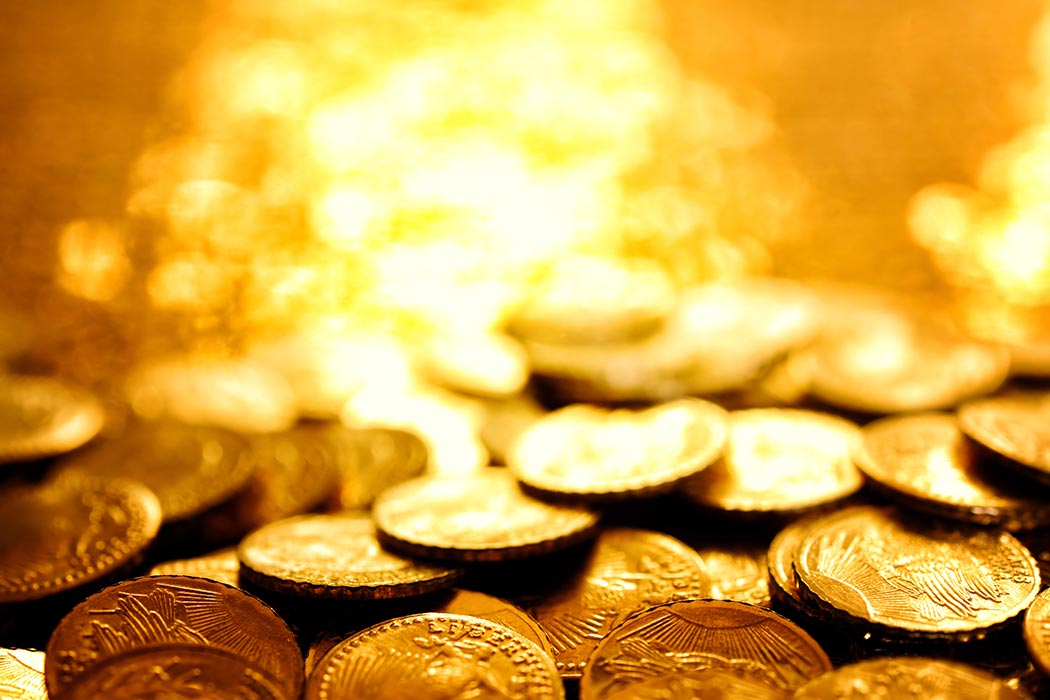Last week in Milwaukee, Republican presidential candidates squared off in a debate focused on the economy. Ted Cruz, Rand Paul, Ben Carson, and Mike Huckabee all expressed varying degrees of interest in a return to the gold standard, an idea which is, in the understated words of the Wall Street Journal, “outside the economic mainstream.”
The arguments against a return to the gold standard today are legion, but one key problem with the system was that, without the tools of monetary policy, countries had a much more limited ability to respond to economic conditions. While economists have long argued that the gold standard was a major contributor to the severity of the Great Depression, a 2000 paper by Barry Eichengreen and Peter Temin explores a slightly different question: Why, in the face of international economic ruin, did so many countries persist in maintaining the gold standard instead of implementing policies that might have averted the Depression? Eichengreen and Temin argue that this relentless commitment to the gold standard was “the most important barrier to actions that would have arrested or reversed the decline.”
After the chaos of the first World War (when the gold standard was temporarily suspended), Eichengreen and Temin argue, international elites viewed the gold standard as “the linchpin of the international financial system and essential for financial stability.” Because of that belief, politicians and central bankers tenaciously clung to the gold standard—a “defense against chaos”—refusing to institute policies aimed at increasing employment, convinced that the economy would eventually stabilize if citizens were only “thrifty” enough. Andrew Mellon, President Hoover’s Treasury Secretary, advised Hoover to “liquidate labor, liquidate stocks, liquidate the farmers, liquidate real estate…purge the rottenness out of the system.” Mellon was convinced that people would adjust to a new economic reality by working harder and living more “moral” lives.
Weekly Digest
In the end, it wasn’t politicians and central bankers that came to their senses—rather, it took substantial popular protests, as well as the ongoing failure of the system, for the world to finally abandon the gold standard. When the UK gave it up in 1931, the president of the First National Bank of New York said it was “like the end of the world.” In the United States, it wasn’t until Hoover was ousted and Franklin D. Roosevelt took office that the country finally shook off the gold standard mentality, in March of 1933. France held on until after its 1936 election, when voters expressed their displeasure with the economic system by voting in the Popular Front government.
“Ours is a story of individuals making choices shaped by a mentality endemic in their class and supported by pervasive rhetoric,” conclude Eichengreen and Temin. “It is a story of economic decline that only reached an end when these political and economic leaders were replaced through the agency of mass politics.”







